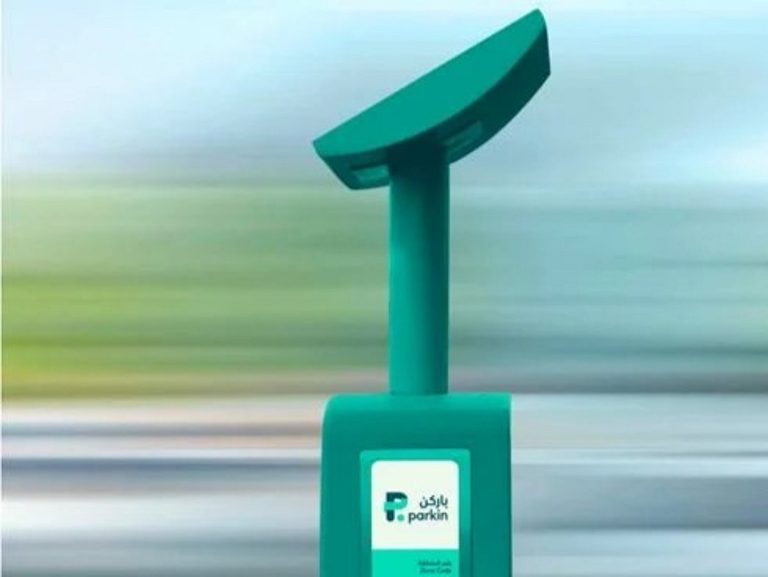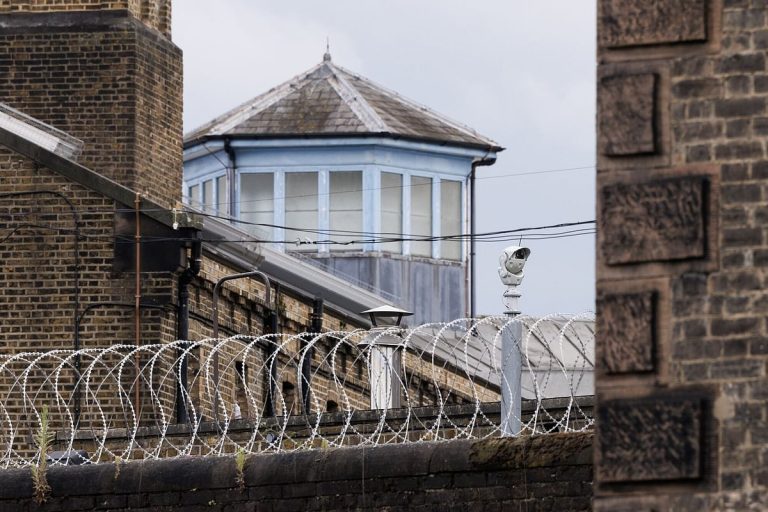Cyclone Montha Causes Severe Flooding in Telangana
Recent heavy rainfall in Telangana, triggered by Cyclone Montha, has led to significant flooding across multiple districts. The deluge has submerged roads and railway tracks, causing widespread disruption and damage to infrastructure and agriculture. Authorities are responding to the crisis as communities grapple with the aftermath of the storm.
Impact of the Heavy Rains
Since early Wednesday, several districts have experienced extreme rainfall, inundating low-lying areas and disrupting daily life. The districts of Warangal, Hanamkonda, Mulugu, Mahabubabad, Jayashankar Bhupalapally, Nalgonda, Siddipet, Yadadri Bhuvanagiri, Sircilla, and Nagarkurnool have been particularly affected.
Bheemdevarapalle in Hanamkonda district recorded the highest rainfall, measuring 41.9 cm from 8:30 a.m. to 10 p.m. The Telangana Development Planning Society reported that 35 locations received over 20.5 cm of rain, while 68 areas recorded more than 11.5 cm.
Transportation Disruptions
The flooding has severely impacted transportation. Railway tracks at Warangal and Dornakal stations were submerged, leading to the cancellation and diversion of numerous trains. The Vijayawada Intercity Express and East Coast Express were halted at Warangal due to the flooding. In addition, the bus station in Hanamkonda was transformed into a lake, and many roads were rendered impassable due to overflowing stormwater drains.
Emergency Response and Rescues
In Khammam district, a DCM vehicle was swept away by floodwaters, prompting a rescue operation. Meanwhile, in Nalgonda district, emergency responders rescued 500 students trapped in a submerged government-run residential school. The building was inundated due to overflowing water from a nearby stream, leading to a desperate situation for the students.
In response to the severe weather, Chief Minister A. Revanth Reddy has ordered all educational institutions in Warangal to close and has instructed district officials to remain vigilant. He emphasized the need for evacuating families from low-lying areas and establishing relief camps. The State Irrigation Department has been put on alert to monitor water levels in reservoirs and other water bodies closely.
Weather Alerts and Forecast
The India Meteorological Department (IMD) has issued a red alert for several districts, including Jangaon, Warangal, Hanamkonda, Mahabubabad, Siddipet, Yadadri Bhuvanagiri, Karimnagar, and Sircilla. An orange alert has been issued for Adilabad, Nirmal, Asifabad, Mancherial, Jagtiyal, Peddapalli, and Bhupalapally. After making landfall near Kakinada, Cyclone Montha has weakened but continues to affect weather patterns in the region.
Community Preparedness
In light of the ongoing situation, the Chief Minister has directed local authorities in Hyderabad to deploy disaster management teams to assist in rescue operations. The State Disaster Response Force (SDRF) and National Disaster Response Force (NDRF) teams are coordinating efforts to ensure the safety of residents in affected areas.
FAQs
What areas are most affected by the flooding?
The districts of Warangal, Hanamkonda, Mulugu, Mahabubabad, and Nalgonda have experienced the most severe flooding due to heavy rainfall.
How is the government responding to the crisis?
The government has declared holidays for educational institutions in affected areas, ordered evacuations from low-lying regions, and activated disaster response teams for rescue operations.
What precautions are being taken to prevent further flooding?
Authorities are monitoring water levels in reservoirs and have prepared sandbags at critical locations to manage overflow and prevent additional flooding.
Conclusion
The situation in Telangana remains critical as communities deal with the aftermath of Cyclone Montha’s heavy rains. Authorities are actively working to provide relief and ensure the safety of residents. Continued monitoring and emergency response efforts will be essential in the coming days as the region recovers from this natural disaster.
The impact of Cyclone Montha highlights the vulnerability of the region to extreme weather events, particularly during the monsoon season. Telangana has a history of experiencing heavy rainfall and subsequent flooding, which can lead to significant challenges in infrastructure and public safety. The state’s geographical features, including numerous rivers and low-lying areas, contribute to the risk of flooding, making effective disaster management and preparedness crucial.
In addition to immediate rescue efforts, long-term strategies are being discussed to enhance the resilience of communities against future cyclones and heavy rainfall. This includes improving drainage systems, reinforcing embankments, and implementing better urban planning practices. The government is also likely to assess the damage to agriculture, which is a vital sector in Telangana, as many farmers depend on timely rains for their crops, and prolonged flooding can devastate harvests.
Also Read:
Rain and Cooler Weather Expected Across UAE Regions
HRE Development and Dubai Cares Enhance Education in Zanziba







